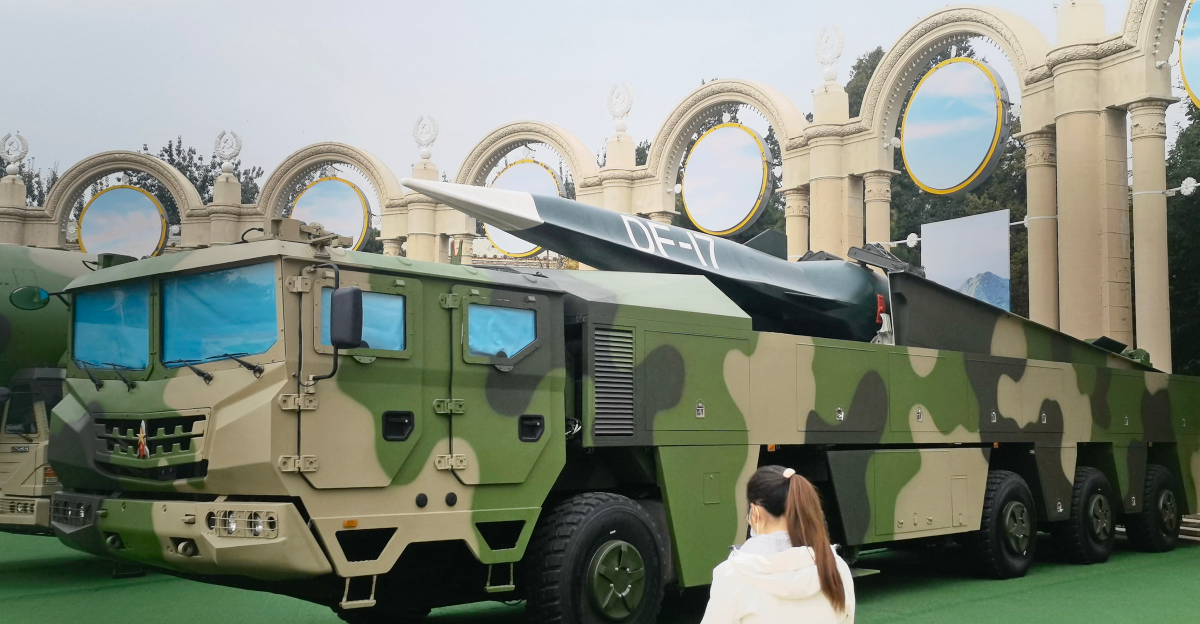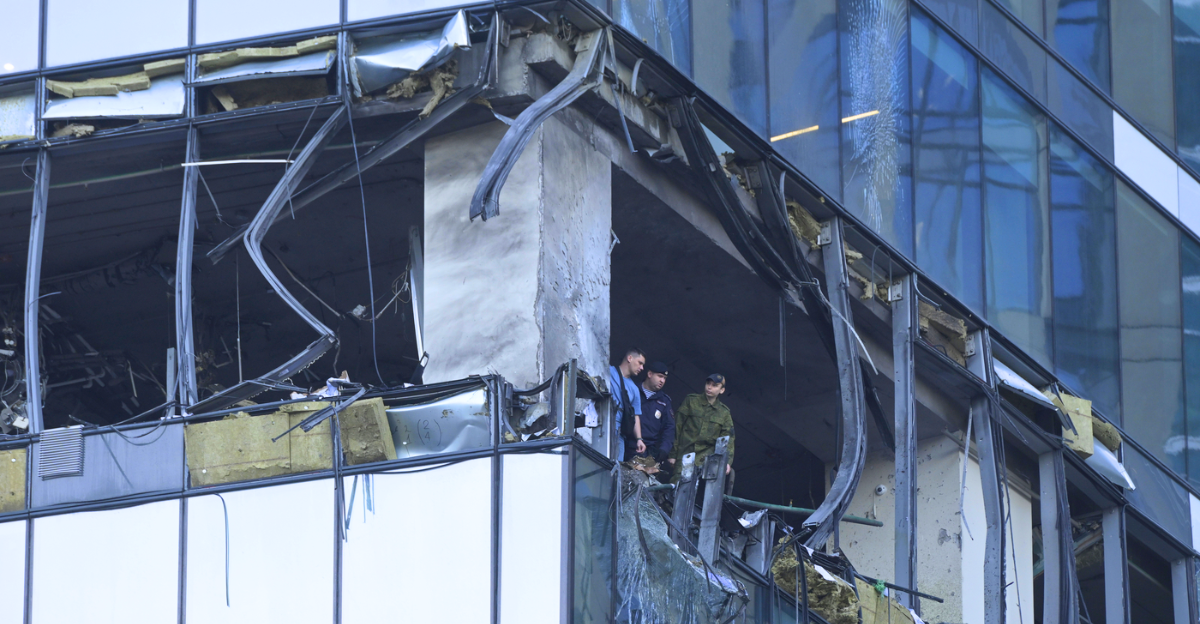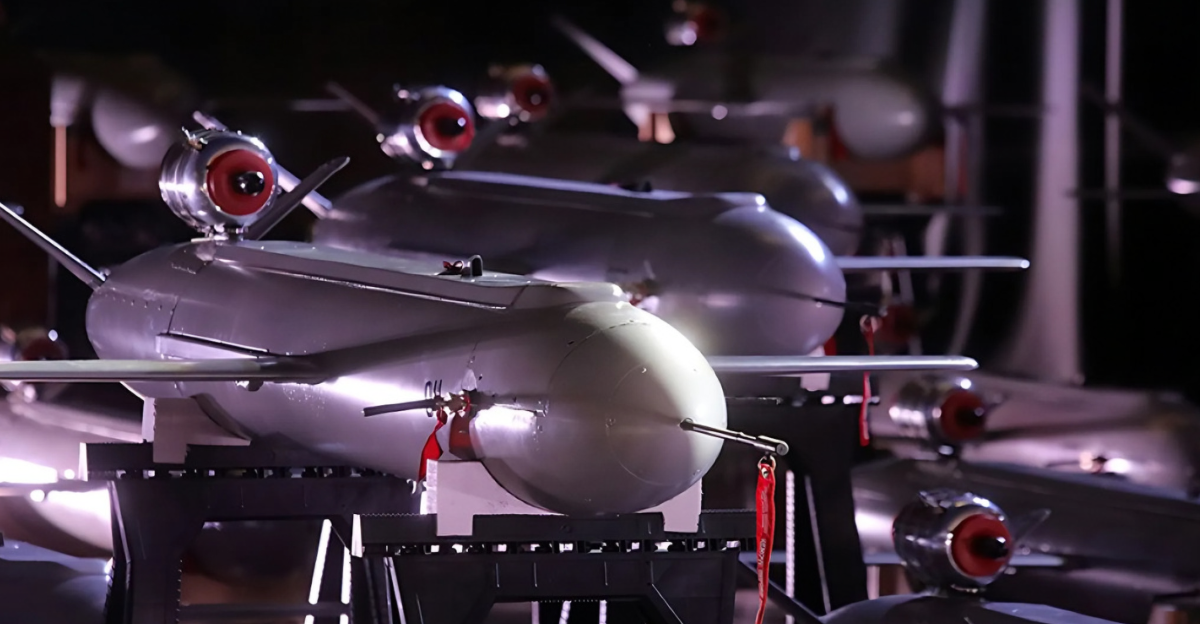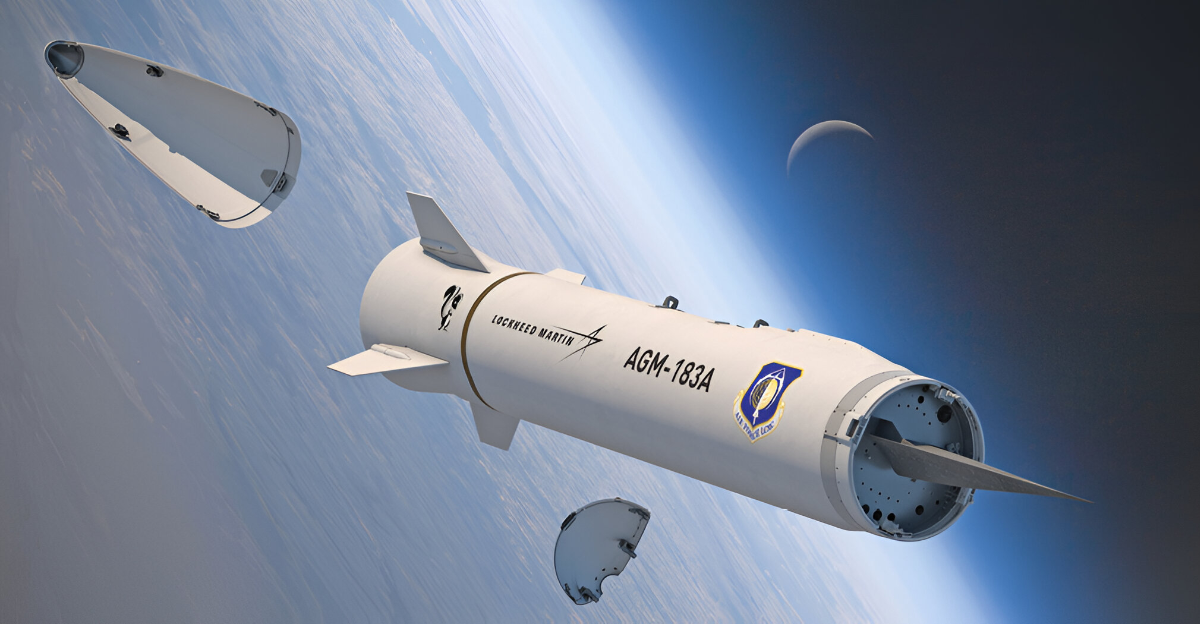
The world of defense technology is evolving rapidly. Nations are racing to develop systems that can neutralize the most sophisticated threats ever imagined. Among the most significant advancements in recent times is America’s new hypersonic shield.
This isn’t just another missile or radar, but a whole system devoted to defending the U.S. and its allies against missiles with speeds over Mach 5. Let’s examine why this is a game-changer.
A New Era of Defense
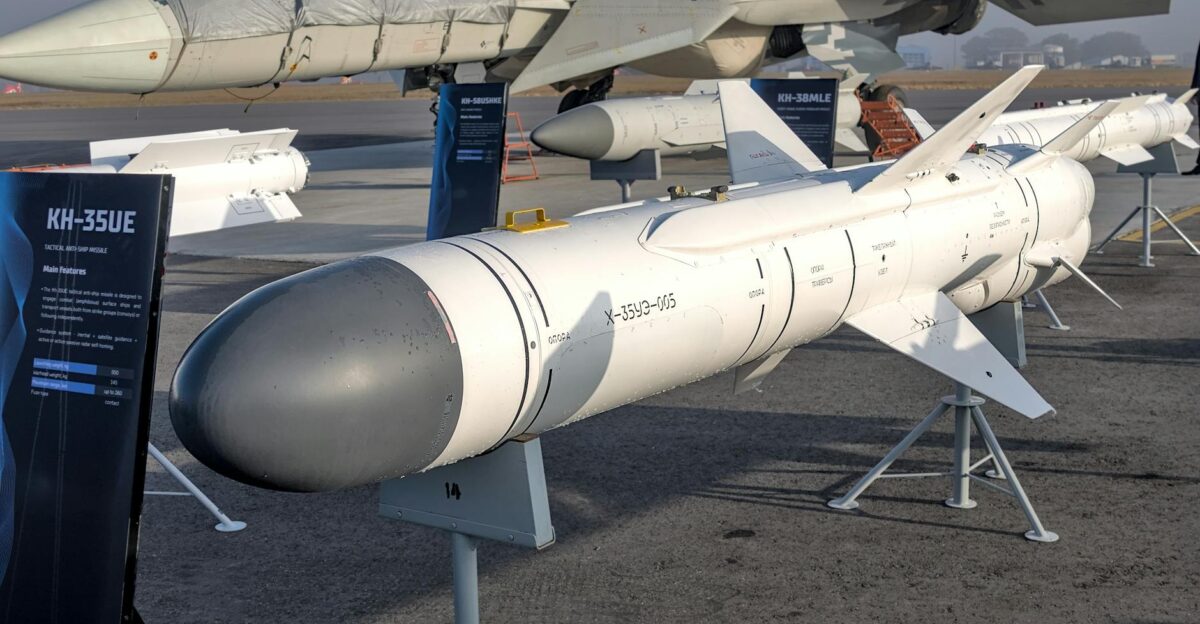
For years, missile defense systems were built to intercept slower, more predictable missiles. But threats have changed.
Hypersonic missiles are so speedy and follow such unpredictable trajectories that the existing systems can’t catch them. America’s hypersonic defense is set up to meet this challenge directly.
What Is Hypersonic?
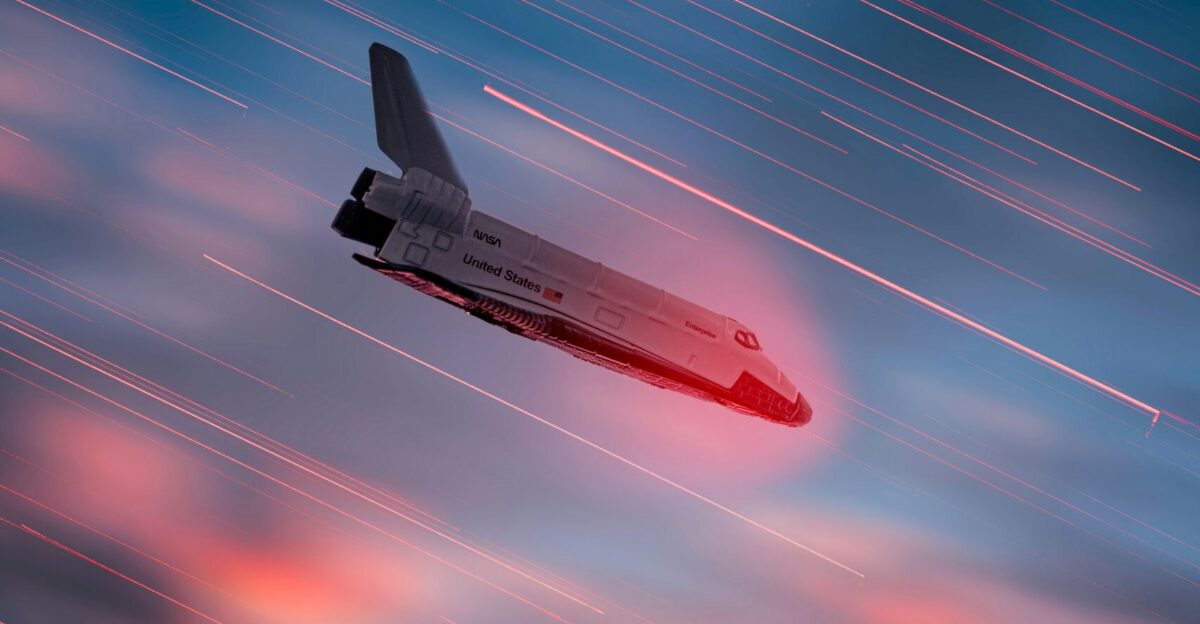
Hypersonic is classified as at least five times the speed of sound, or about 3,800 miles per hour. These missiles can change direction in flight, making them difficult to detect and intercept.
The U.S. needed something faster and more efficient to counter these advanced weapons, and that’s where the hypersonic shield came in.
Beyond Traditional Missile Defense
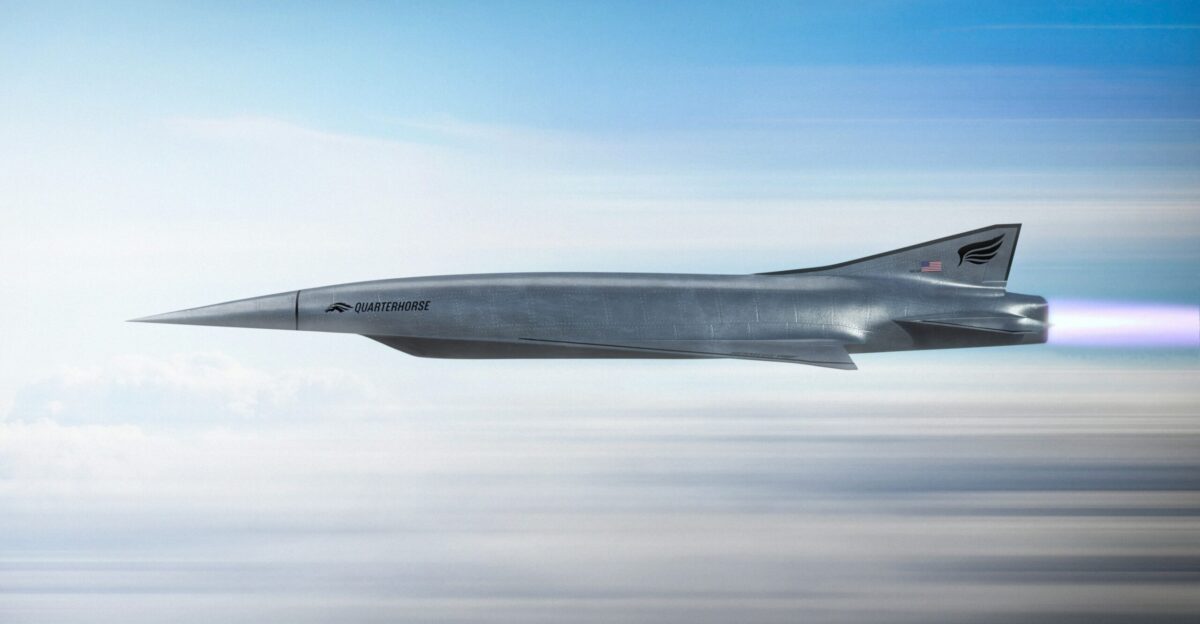
Classic missile defenses, such as the Patriot system, have performed effectively against slower threats. They are, however, strained by hypersonic missiles due to their speed and maneuverability.
America’s novel hypersonic shield alters this by detecting, targeting, and shooting down these newer threats more effectively than any other earlier system.
How the Shield Functions

The hypersonic shield relies on sophisticated radar and satellite networks to pick up incoming threats early.
The moment a missile is detected, the system rapidly calculates its trajectory and dispatches interceptors to block it mid-air. The interceptors are as fast or even faster than the incoming missile, thus enabling interception.
The Power of Tracking
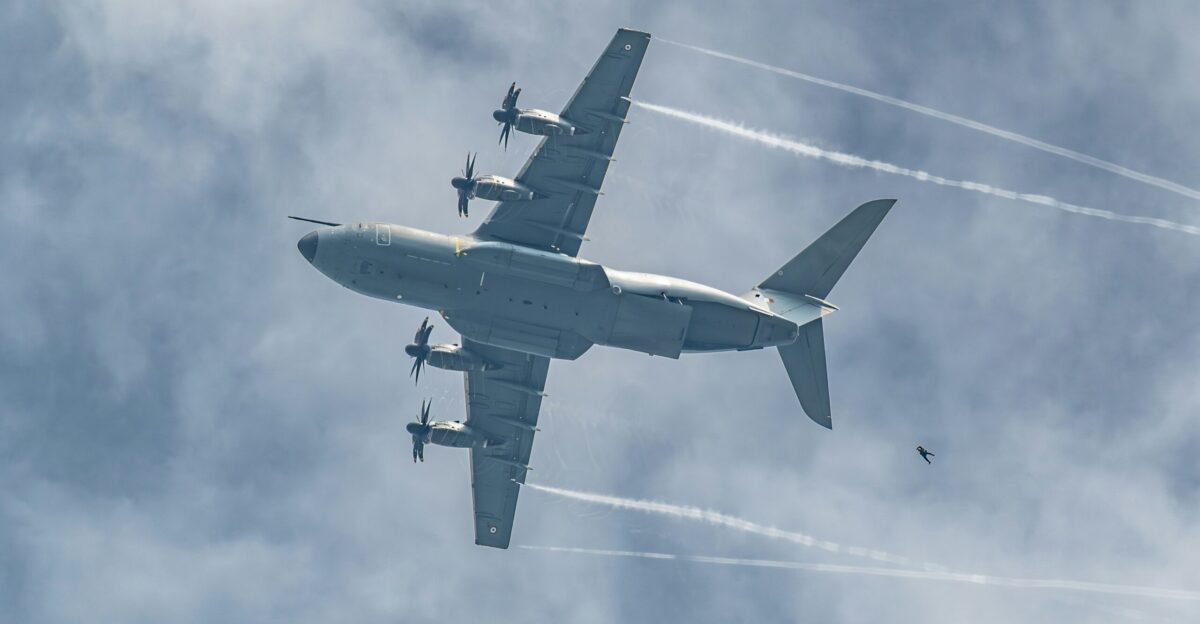
A key component of this shield is that it possesses enhanced tracking ability. Previous defenses were never able to keep up with the erratic flight paths of hypersonic missiles.
America’s latest defense is able to track such flight paths in real time, providing defenders with extra time and greater opportunity at intercepting an attack before it reaches its target.
Why Speed Matters
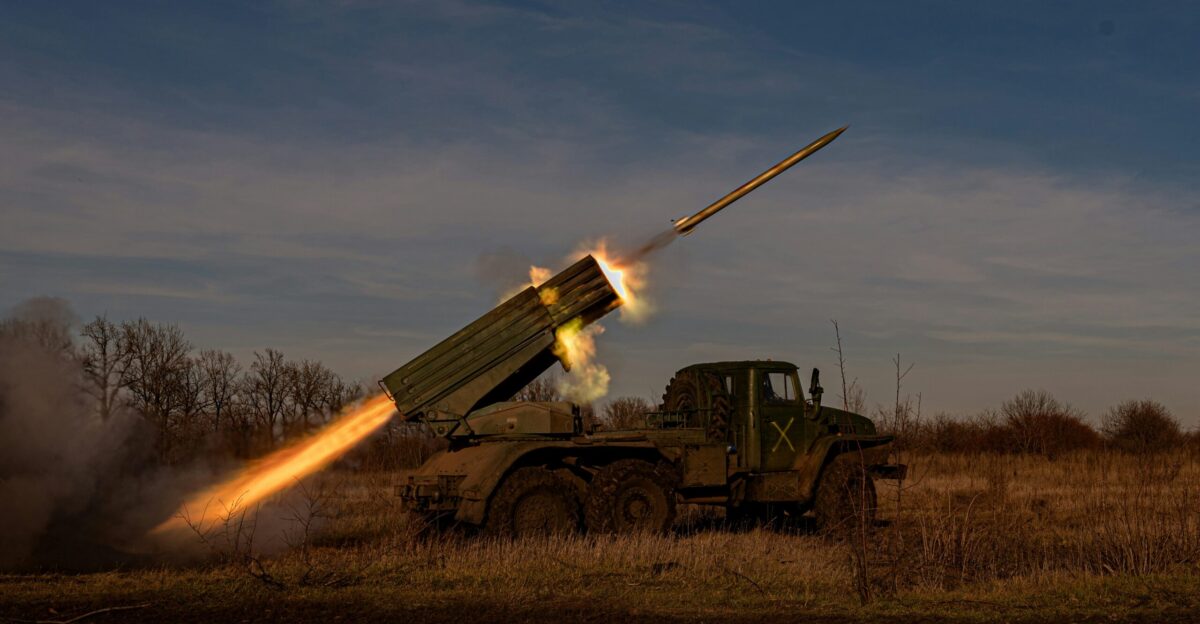
Speed is of the essence in missile defense. The quicker a defense system responds, the better it will eliminate a threat.
Hypersonic missiles provide minimal warning time, so America’s hypersonic defense is designed to detect and intercept at record-breaking speeds, narrowing the window between detection and response.
New Generation Interceptors

America’s hypersonic defense also features new interceptors tailor-made for high-speed threats. These interceptors are themselves hypersonic, capable of catching and eliminating even the most sophisticated enemy missiles before they can reach U.S. soil or allied countries.
Satellites in the Mix
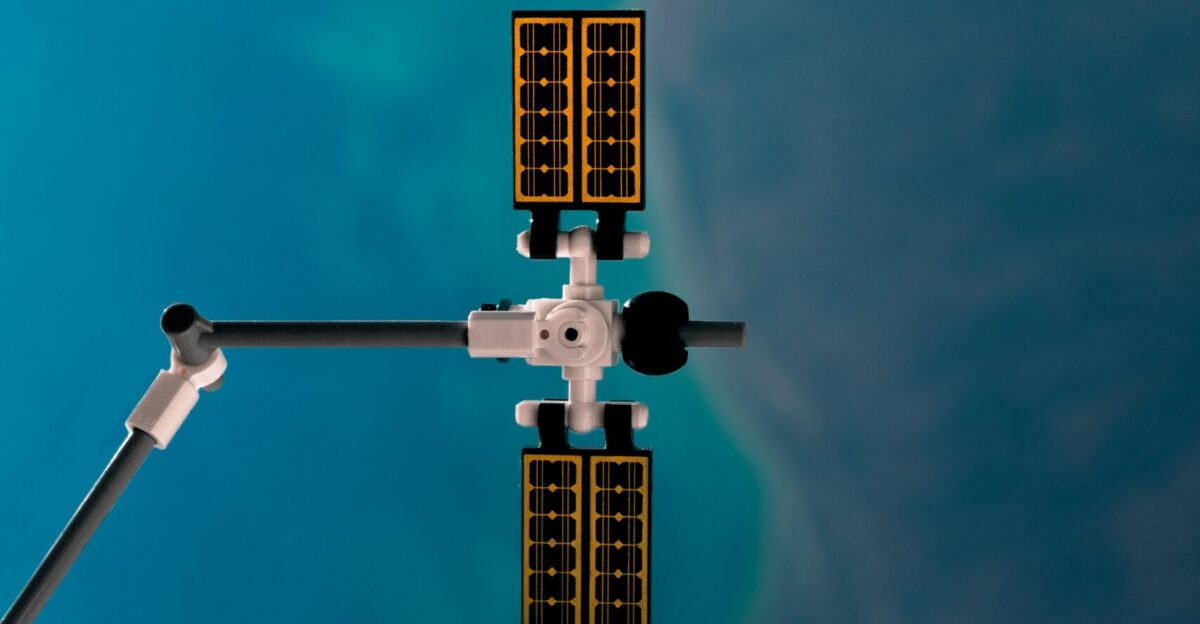
Space is a critical part of the new system. Satellites give early warning and track missiles from launch to target.
This layer in space allows the U.S. to defend against threats from a greater distance, an additional layer of defense the older ground-only systems do not have.
Allied Defense Benefits

The shield is also not only for America. Other allies can also gain from this technology since it can be used to defend joint interests and joint missions.
Reinforcing alliances are a tremendous component of contemporary defense policy, and the hypersonic shield can be used as a mutual protective umbrella.
A Developing Global Race

Other nations, such as China and Russia, are also developing hypersonic weapons. America’s hypersonic defense is a reaction to this international arms race.
The purpose is not only to reciprocate the threats but also to remain ahead in terms of technology and be in a powerful deterrent position globally.
Challenges Ahead

Despite these developments, the construction and upkeep of this sophisticated system does not come easily.
It entails enormous expenditures, periodic modernization, and cooperation from dozens of defense departments. Then there is the issue of testing and guaranteeing that it functions in real situations.
Future Upgrades
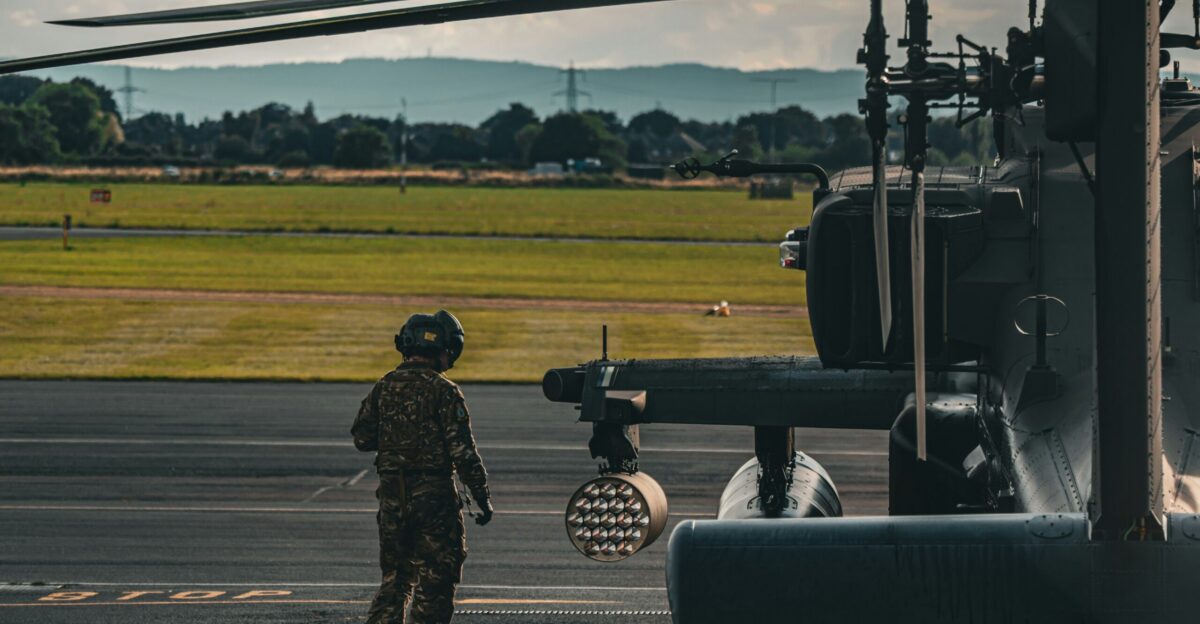
Defense technology does not remain static. The hypersonic shield will only get better as new threats are conceived.
Later models will include even faster interceptors, more intelligent tracking, and additional global integrated systems for even more coverage and more potent protection.
A New Standard for Defense
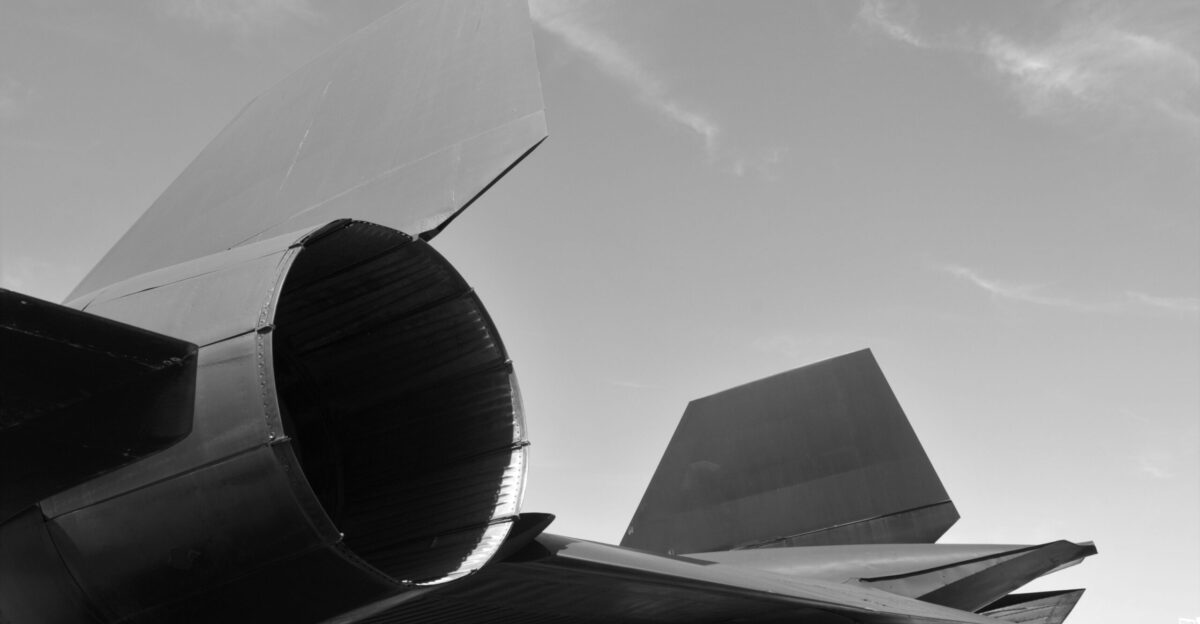
America’s hypersonic defense is a new benchmark for air defense. It’s a significant leap forward in defending against the world’s most sophisticated missile threats.
It won’t solve all problems, but it demonstrates an investment in innovation and readiness in a growing and uncertain environment.



